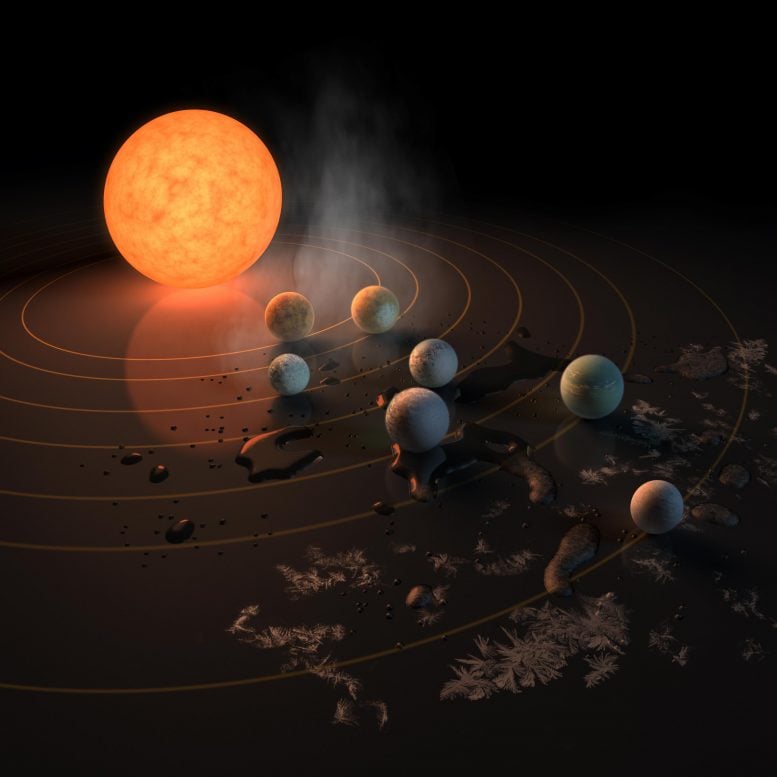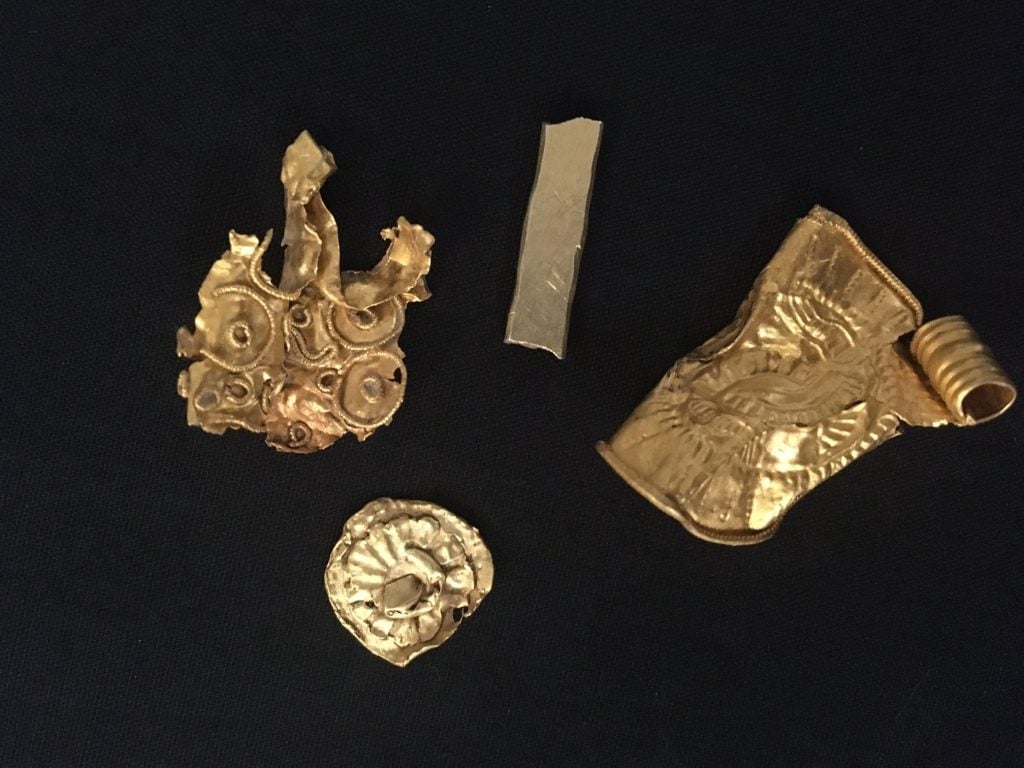The Consumer is spending more for:
- gasoline
- food
- clothes
- personal items
The Consumer is spending more for:
I remember a recent commercial about the vehicle Lincoln and the concept that STRESS seems to vanish when driving one of these cars... so, where does it go?
Well... what about time? Where does time go when one is moving forward in time? Time on a regular basis constantly move into the past as it is experienced, yet, we always live IN THE MOMENT.
So...
since we are always living in the moment... are you better off in this moment than you were in the previous moment?
UNFORTUNATELY...
no one thinks like this... and, one might get the impression that no one really cares if they are better off today than they were yesterday... because all they care about is today or RIGHT NOW... but, right now is FLEETING... just like the stress that disappears... the moment disappears as well... and it will never return.
So...
what you were yesterday is GONE forever...
IF...
the future is all you have... then, how do you want your future to unfold?
Do you want it to be like the past... or better?
 Image Credit : Archaeological Park of Pompeii
Image Credit : Archaeological Park of Pompeii


Consequently, parents consider their children to be relative failures if they do not go to college... And, this is a MISTAKE...
Many people are adverse to a career in the military because of the potential of going to war and while it seems wars have become an omnipresent aspect of our lives, there are careers in the military that do not put the individuals in a a war zone scenarios... like the Air Force for example.
Knowledge is power... and, that is true... but, that knowledge does not always have to come from a college or a university... and, it does not take a college education to become a leader of people. Unfortunately, leaders come with age and after one pays one's dues... whatever they might be...
The Golden Rule is the first example of what a leader understands and commands... DO UNTO OTHERS AS YOU WOULD HAVE OTHERS DO UNTO YOU...
Not a bad lesson to learn...







